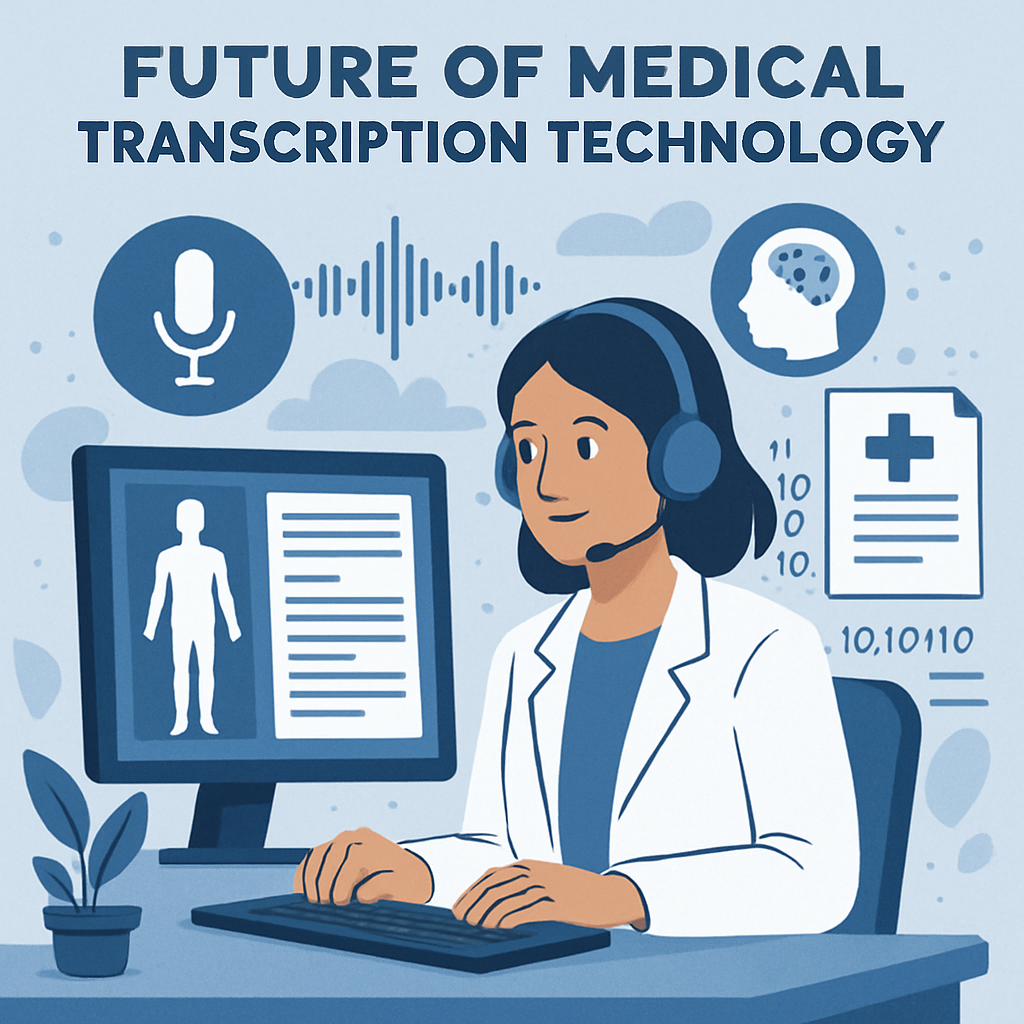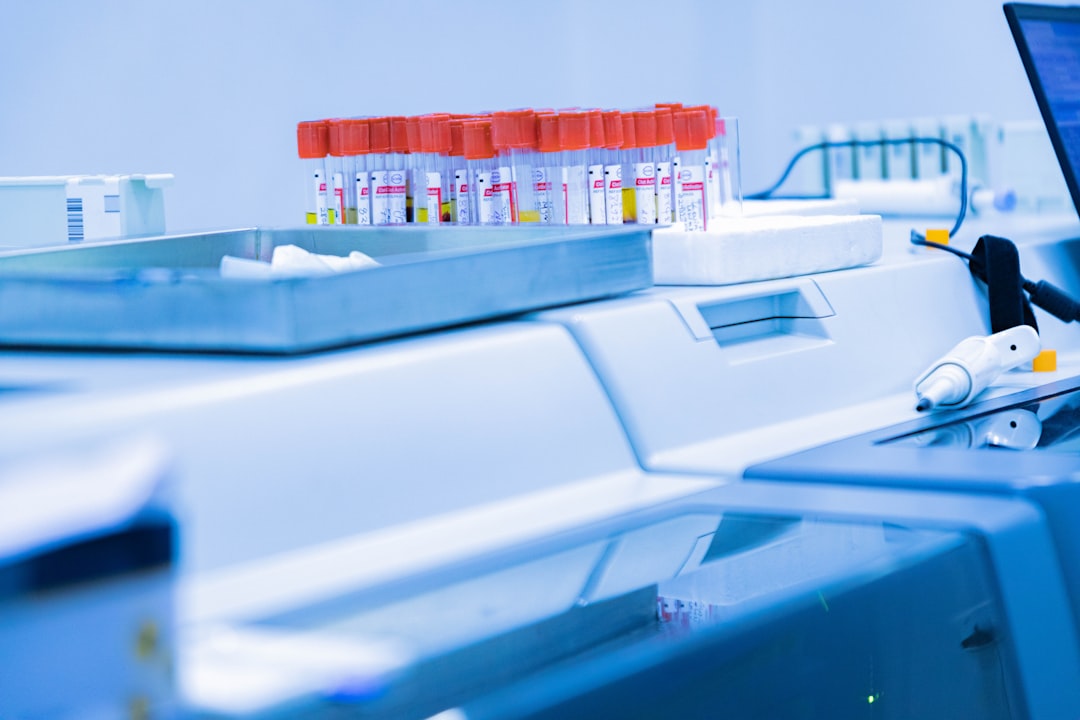
Medical transcription involves converting voice-recorded medical reports dictated by healthcare professionals into text format. This process is essential for maintaining accurate patient records and ensuring effective communication within healthcare settings. As technology evolves, so does the landscape of medical transcription, paving the way for more integrated and efficient systems. The ability to quickly and accurately transcribe medical information is crucial for ensuring that patient data is both accessible and actionable, thus playing a critical role in patient care and treatment planning.
Key Drivers of Change
Several factors are driving changes in the medical transcription industry:
- Technological Advancements: The rise of artificial intelligence and machine learning has revolutionized transcription processes. Voice recognition software is becoming more sophisticated, reducing the need for manual transcription and increasing efficiency. These technologies not only speed up the transcription process but also improve accuracy, allowing healthcare professionals to focus more on patient care rather than administrative tasks. As AI continues to advance, we can expect further enhancements in natural language processing, which will refine the ability of systems to understand and accurately transcribe complex medical terminology.
- Regulatory Requirements: With stricter healthcare regulations and the need for precise documentation, medical transcription services must adhere to high standards of accuracy and security. Compliance with regulations like HIPAA in the U.S. ensures that patient information is handled with the utmost confidentiality and integrity. As regulations evolve, transcription services must adapt to new standards, which often require the implementation of advanced security measures and audit trails to protect sensitive data.
- Increased Demand: As the global population ages and healthcare services expand, the demand for medical transcription services continues to grow. This trend is expected to persist through 2025 and beyond. The aging population is resulting in an increased number of medical consultations and procedures, each requiring detailed documentation. Additionally, the expansion of healthcare services into rural and underserved areas is driving the need for scalable transcription solutions that can handle diverse and complex medical records.
Emerging Trends in Medical Transcription

Voice Recognition Software
Voice recognition software is at the forefront of the transformation in medical transcription. This technology enables real-time transcription, allowing healthcare professionals to dictate notes directly into electronic health records (EHRs). With continuous advancements, voice recognition software is becoming more reliable and accurate, minimizing the need for extensive editing and proofreading. This not only saves time but also reduces the potential for human error, ensuring that patient records are updated swiftly and correctly. Moreover, the integration of AI-driven voice recognition systems with EHRs can facilitate better data analysis, leading to improved patient outcomes.
Integration with EHR Systems
Seamless integration of transcription services with EHR systems is becoming increasingly important. This integration not only streamlines the documentation process but also enhances data accessibility and interoperability within healthcare facilities. By 2025, expect to see more transcription platforms offering robust EHR integration capabilities. Such integration allows healthcare providers to access and update patient information more efficiently, leading to better-coordinated care. Furthermore, EHR-integrated transcription services can improve clinical workflows by reducing administrative burdens and enabling real-time data sharing across multiple healthcare teams.
Remote and Cloud-Based Services
The shift towards remote work and cloud-based solutions has impacted the medical transcription industry. Cloud-based transcription platforms offer flexibility, scalability, and enhanced security, making them an attractive choice for healthcare providers. This trend is likely to continue as more organizations adopt cloud technology for their transcription needs. Remote services enable transcriptionists to work from anywhere, providing healthcare facilities with access to a broader talent pool. Additionally, cloud-based systems facilitate disaster recovery and data backup, ensuring that medical records are safe and accessible even in the event of a system failure.
Multilingual Transcription Services
As healthcare becomes more globalized, the demand for multilingual transcription services is on the rise. Providers that offer transcription in multiple languages are better positioned to serve diverse patient populations and international healthcare organizations. This capability is crucial in multicultural societies where patients may not speak the primary language of the healthcare facility. By offering multilingual transcription services, providers can improve patient engagement, reduce misunderstandings, and ensure that all patients receive equitable care. Furthermore, this trend supports international collaborations and research by enabling the sharing of medical records across borders.
Market Forecast for Medical Transcription
The medical transcription market is expected to experience steady growth through 2025. Several factors contribute to this positive outlook, including:
- Technological Adoption: As more healthcare facilities adopt advanced transcription technologies, the market for these solutions is projected to expand. The continuous development and deployment of AI and machine learning in transcription will drive efficiency and accuracy, making these solutions indispensable for modern healthcare systems. As technologies become more cost-effective, even smaller healthcare facilities will be able to integrate them into their processes.
- Global Healthcare Expansion: With the growth of healthcare services worldwide, the need for accurate medical documentation will increase, driving demand for transcription services. Emerging markets, in particular, are expected to contribute significantly to the industry’s growth as they expand their healthcare infrastructure and services. This expansion will require robust documentation systems to manage the increasing volume of patient data effectively.
- Regulatory Pressures: Ongoing regulatory changes will continue to emphasize the importance of precise and timely medical documentation, further boosting the transcription market. As regulations become more stringent, the need for compliant transcription solutions will rise, encouraging healthcare facilities to invest in advanced technologies that ensure adherence to legal standards. This, in turn, will stimulate growth in the market as providers seek out reliable and secure transcription services.
Leading Platforms in Medical Transcription

Nuance Communications
Nuance Communications is a leader in voice recognition technology and provides comprehensive transcription solutions for healthcare providers. Their Dragon Medical One platform offers cloud-based, AI-powered transcription services that integrate seamlessly with EHR systems. Nuance’s solutions are renowned for their accuracy and efficiency, allowing healthcare professionals to reduce time spent on documentation. Furthermore, the company’s focus on continuous innovation ensures that their platforms remain at the cutting edge, consistently improving user experience and transcription quality.
M*Modal
MModal, a subsidiary of 3M, offers a suite of transcription solutions designed to enhance clinical documentation processes. Their Fluency for Transcription platform combines voice recognition technology with advanced editing tools, ensuring high-quality transcriptions. MModal’s solutions are tailored to meet the specific needs of various healthcare environments, from large hospitals to small clinics. By providing user-friendly interfaces and robust support, M*Modal helps healthcare providers optimize their documentation processes and maintain compliance with industry standards.
Acusis
Acusis is known for its reliable medical transcription services and innovative technology. They offer AcusisOne, a cloud-based platform that provides accurate and efficient transcription solutions for healthcare facilities of all sizes. Acusis focuses on delivering customizable solutions that cater to the unique needs of each client, ensuring that their services enhance operational efficiency. By leveraging cutting-edge technology and experienced transcriptionists, Acusis ensures that healthcare providers can rely on them for timely and precise documentation.
iScribes
iScribes, a subsidiary of Nuance, specializes in scribe services that leverage voice recognition technology. Their platform allows healthcare providers to focus on patient care while ensuring accurate and timely documentation. iScribes’ unique approach combines human expertise with advanced technology, resulting in high-quality transcriptions that meet the demands of busy healthcare environments. This hybrid model provides the flexibility and reliability that healthcare professionals require to manage their documentation needs effectively.
Preparing for the Future of Medical Transcription
As the medical transcription industry evolves, healthcare providers must stay informed about emerging trends and technologies. By adopting advanced transcription solutions and integrating them into their workflows, organizations can improve documentation accuracy, efficiency, and patient care. Staying ahead of these changes requires a proactive approach to technology adoption and a commitment to continuous improvement.
Embracing Innovation
Healthcare facilities should remain open to innovative transcription technologies and practices. Embracing these advancements will not only enhance operational efficiency but also ensure compliance with regulatory standards. By leveraging the latest tools and technologies, healthcare providers can streamline their workflows, reduce costs, and improve the quality of care they deliver. Innovation in transcription services can also lead to improved patient satisfaction by providing more accurate and timely documentation.
Investing in Training
To fully leverage the benefits of modern transcription solutions, healthcare providers must invest in training for their staff. Ensuring that personnel are proficient in using new technologies will maximize productivity and accuracy. Training programs should focus on both technical skills and process improvements, enabling staff to adapt quickly to new systems and workflows. By prioritizing training, healthcare organizations can ensure that their teams are equipped to handle the demands of modern transcription and contribute to overall organizational success.
Focusing on Security
As transcription services increasingly move to the cloud, ensuring data security is paramount. Healthcare organizations must prioritize cybersecurity measures to protect sensitive patient information and comply with regulatory requirements. Implementing robust security protocols, such as encryption and access controls, will help safeguard data from unauthorized access and breaches. Regular security audits and updates are essential to maintaining a secure environment and ensuring that transcription services remain compliant with evolving regulations.
Conclusion
The medical transcription industry is on the cusp of significant transformation as we approach 2025. By understanding the emerging trends and leveraging leading transcription platforms, healthcare providers can enhance documentation processes, improve patient care, and stay ahead in a rapidly changing landscape. With continued technological advancements and a focus on innovation, the future of medical transcription looks promising. As the industry continues to evolve, those who embrace change and invest in cutting-edge solutions will be well-positioned to thrive in this dynamic environment.


